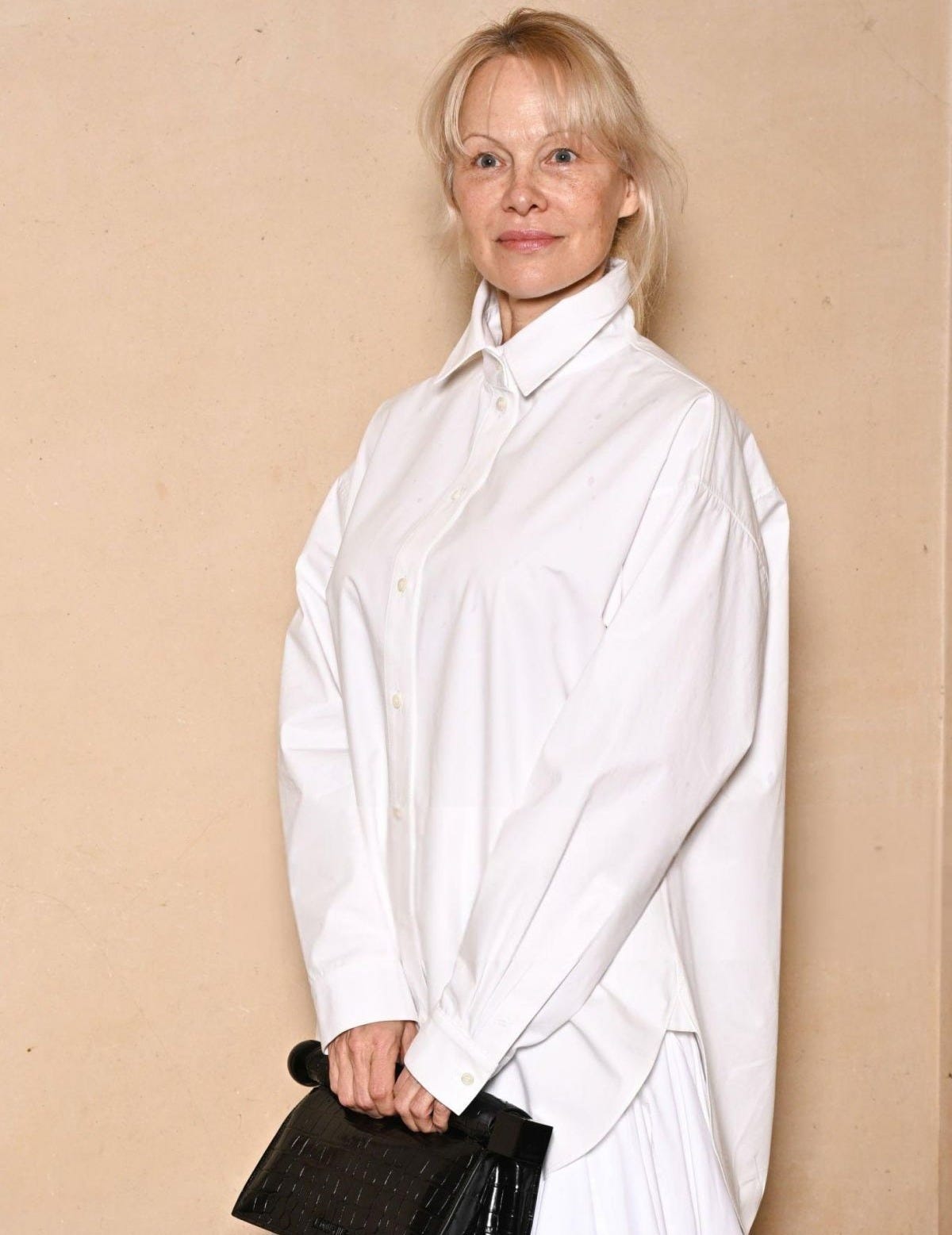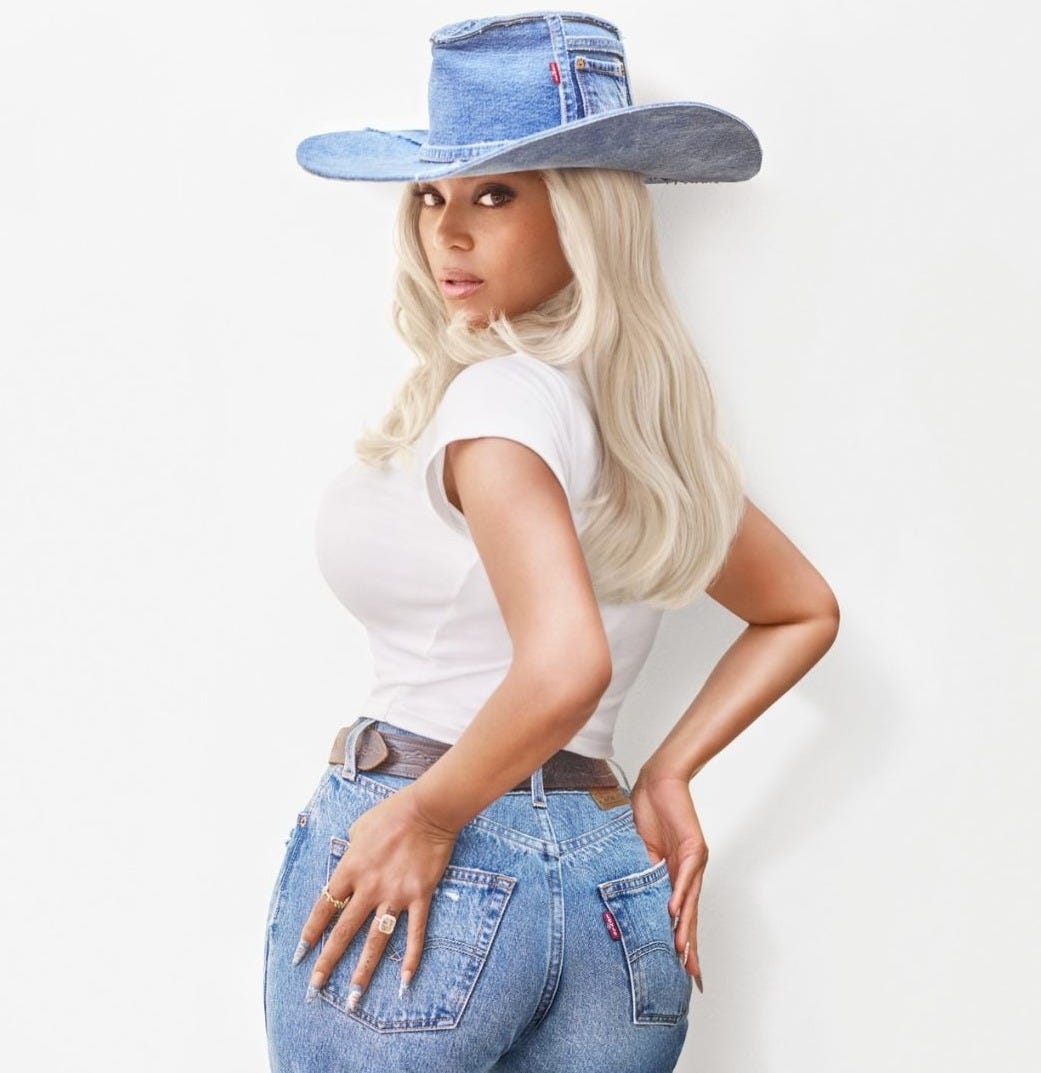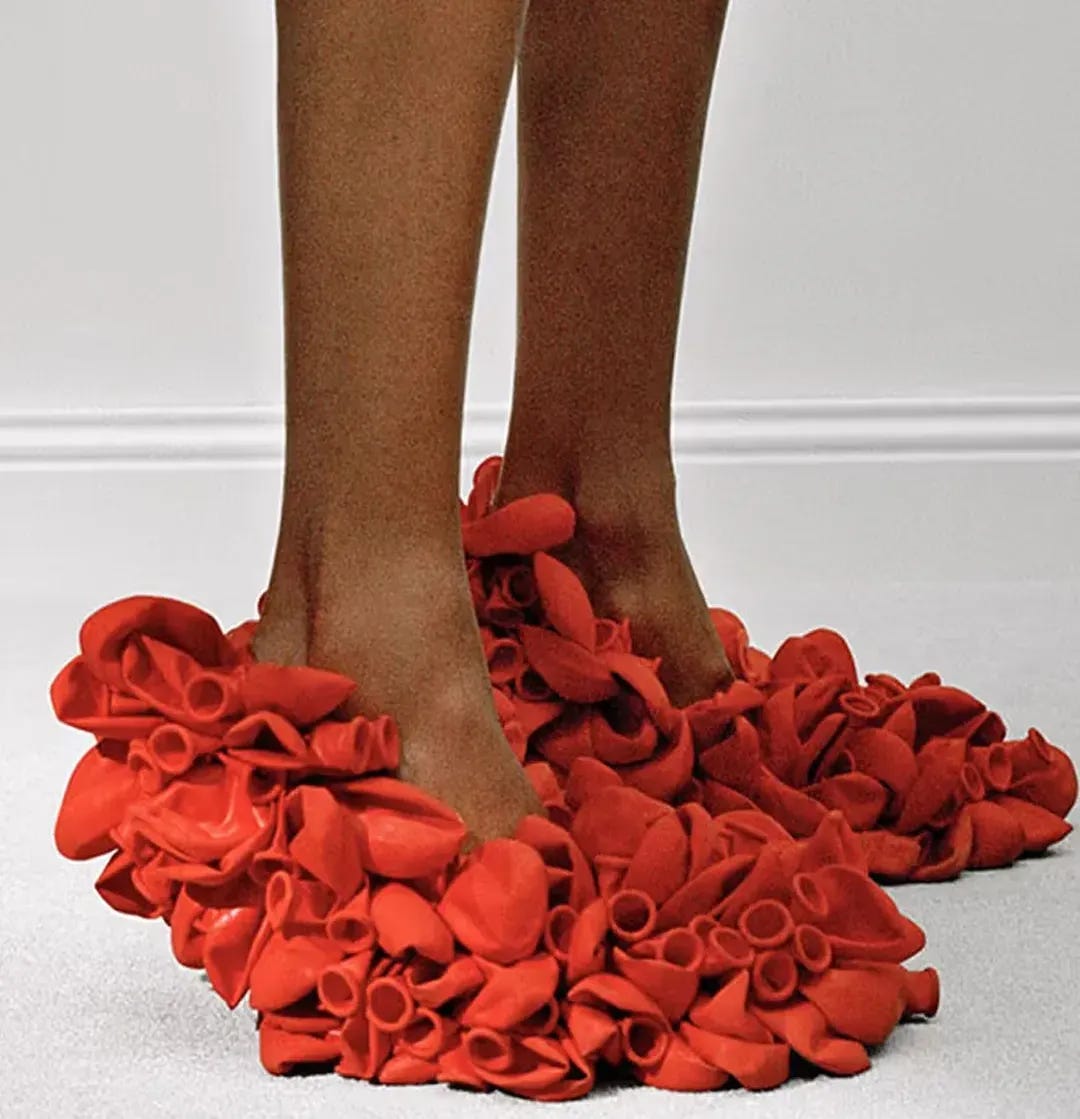I was chatting with an agency owner last week about building Go To Market strategies with the aim of creating niche appeal rather than rapid scale. If you know me, you know this is an approach I’ve championed for years — so much so that I built my GTM Playbook around it. Launching a brand with a defined community in mind, embedding it in a subculture, and nurturing an intentional feedback loop between brand and customer not only fuels creative experimentation but also cultivates deep loyalty, two things that tend to fade as brands scale.
She shared a case study that I can’t get over. For over three years, she helmed the growth strategy for a niche luxury brand founded by an outsider — someone with no industry experience but an eye for design. It was the early aughts, and the timing was right to enter an otherwise sleepy category with an avant-garde aesthetic and a beginner’s mind. The packaging was minimalist. The storytelling felt personal and fresh. The brand struck the right balance between scrappy outsider energy and artful intentionality.
Within five years, the ultimate It Girl was writing about it on her cultish beauty blog. A few years after that, the brand sold a majority stake to an investment firm. By then, it had become a niche luxury darling, masterfully balancing cultural relevance with rapid global expansion. Less than a decade later, it had outgrown its indie roots and was firmly positioned as a bona fide luxury house. And in under 20 years from its launch, a major beauty conglomerate acquired a majority stake at one of the highest valuations in history.
Smells like success to me. But the story doesn’t end there. After the sale, a brief crossed my colleague’s desk. The founder was tasking the agency to help the brand reclaim its cool factor. He wasn’t asking for a campaign. Or even a rebrand.
What he wanted was to return to an era before the billion dollar payday, when his brand had cultural cachet. When the people in the know were wearing his brand, and the people who wanted to know them were asking what it was and where they could find it. A time when the brand wasn’t accessible on every shelf, promoted on every endcap, and wafting through the air on every street corner. A time when the brand was still the cool girl’s best kept secret, and wearing it gave her an edge.
He wanted to capture time in a bottle, literally.
But the problem, of course, is that when niche hits mainstream, brands are often forced to trade their cool factor for commercial success.
From Cool To Cooked
Every brand development project I take on starts with the same question: “what’s your endgame?” For most founders, the answer is a frothy exit. If a brand is fortunate enough to emerge out of obscurity and into the limelight of niche luxury, they are already in a rarified group. The challenges at this stage — scaling distribution, innovating new products, managing margins and profitability — are real, but they’re good problems to have.
If they can maintain creative vision, they are in a prime position to experiment with unexpected guerrilla marketing, culturally relevant collaborations, limited edition collections, experiential activations and other world-building strategies. With a proven product-culture fit that hasn’t hit the mainstream, these brands are the rising stars and attention is theirs for the taking.
This position is very hard to sustain long-term, and most founders don’t even want to. Convincing them to enjoy a slow-and-steady rise is like telling a college girl to appreciate her collagen. They just can’t wait to grow up. Growth is so deeply ingrained in our culture and business models that scale automatically equal success. Anything else feels like stalling out, or worse, fading into irrelevance.
But when the focus shifts from the value exchanged between brand and customer to the value returned to the shareholder, it usually signals the beginning of another shift as well: the brand is about to be cooked.
We’ve seen it happen a hundred times. Our favorite underground IYKYK brand is suddenly everything, everywhere, all at once, running promotional ads, hopping on micro-trends and officially entering the mainstream chat. They’re serving a watered down version of their original vision, super-sized so it can feed the masses. It’s not cool.
I always cringe when I see it, but I’ve come to expect it, and I’m not hating on the brand for doing it. I blame our culture’s obsession with virality, and business’s fixation on lead, speed and greed. It’s an endless game of chase that brands have been forced to play in order to simply survive, let alone scale.
But in the process, things get lost:
The craftsmanship, the innovation, the originality.
The dialogue with the customer. The feedback loop. The relationship.
The brand’s edge. Its intangible it factor. Its soul.
The very qualities that took it from obscurity to omnipresence are often the first to go in the name of scale. As Ana Andjelic says: “To have something original means to stay niche.”
So, can a mainstream brand reclaim that niche magic? If a brand gets cooked, can it ever be cool again?
Reclaiming Cool
Cultural capital is hard earned. It doesn’t come easy, if it comes at all. And perhaps losing it is inevitable. Let’s face it, nothing stays relevant forever. But for some legacy brands, cultural relevance has proven to be cyclical. And their ability to recapture our attention and reclaim their cool factor is worth studying. Here are just a few of the best brand comebacks.
Pamela Anderson
You can’t talk about reclaiming cool without putting Pamela Anderson at the top of the list. Over the last few years, she has remerged as a bare-faced, vulnerably brave author and activist, finally owning her narrative. Yes, you could call it a reinvention. But what makes Pamela 2.0 so mesmerizing is the sense that this is who she’s been all along. She hasn’t changed her essence, she’s reclaimed it. Her return hasn’t been a single, splashy moment. It’s been a slow, steady drip into our collective consciousness. This cadence has kept her launches, appearances, and activations feeling continuously fresh. It’s a masterclass in world-building: an orchestrated yet seemingly organic strategy that isn’t just redefining someone we thought we knew. It’s propelling culture forward, with her at the center.
Levi’s
After a number of failed attempts to recapture its early brand magic, Levi’s finally found a strategy that resonated, not just with its core audience but a new generation. “Live In Levi’s” reached beyond middle America, tapping into subcultures like skateboarding and cycling, while sustainability and a secondhand store concept appealed to a new crop of conscious consumers. This revitalization was more than a marketing play. It led to real product innovation that made Levi’s feel fresh again. When Beyonce wove the brand into her lyrics, Levi’s was ready.
Loewe
Few brands have reclaimed cultural cachet as dramatically as Loewe. Under JW Anderson’s leadership, the 179-year-old Spanish house transformed from a highbrow leather brand into a dynamic fashion label infused with the energy of the Ibiza club scene. What was once seen as austere and traditional is now playful, artful and fun. Anderson has balanced heritage with modernity, pushing the brand into new creative territory while maintaining its luxury positioning. Through a complete visual transformation and fresh brand collaborations, Loewe has surpassed cultural relevance as the hottest brand in the world.
The Road To Relevance
Cultural relevance isn’t something you can hack. Hopping on micro-trends, recreating memes, and prioritizing virality over real value is not - and never has been - the path to brand longevity.
The examples above are proof that the process of revitalization takes time, talent and a nimble, responsive strategy. Below are my top takeaways from the brands that have done it best.
Reflect on your original brand magic. What was the cultural context for your brands initial success? What story were they buying into? What feeling did it evoke for customers? That era may have passed, but the underlying energy is universal and timeless. Understanding what made your brand resonate in the first place is key to reigniting its relevance.
Identify your brand’s essence. Your brand’s essence may have evolved, or perhaps it’s been diluted in the pursuit of scale. Identify which elements still capture its original spirit. It might live in your mission and values, or in archival products and past campaigns. Take the time to uncover and revive the brand touchpoints that still hold meaning.
Evolve your positioning. Staying relevant means evolving while staying true to what made your brand resonate in the first place. Your positioning defines your audience, competition, and your unique value. All of these may need to shift. Your customer’s priorities have likely changed, the competitive landscape has evolved, and ideally, product innovation is setting you apart in new ways. Reassess where your brand stands today and how it needs to adapt to meet the moment.
Get to know your new customers. Look to niche communities and subcultures, then craft distinct strategies for each segment. Build feedback loops to understand and engage your evolving customer base.
Don’t treat this as a marketing exercise. A new logo and fresh copy won’t cut it. Approach revitalization through the lens of culture, design, and innovation.
Invest in creative risk. Set aside budget for bold experimentation that aligns authentically with your brand’s evolution.
Bring in outside creative voices. Collaborators can help you reimagine your strategy, design collections, and develop campaigns that introduce fresh perspectives and new audiences.
Step outside your industry bubble. Identify culturally adjacent industries for brand collaborations, event sponsorships, and other partnerships that expand your influence.
Create immersive brand experiences. Pop-ups, shop-in-shops, and standalone stores give you a space to fully own and shape the new brand narrative.
Capture the essence of cultural moments. Instead of chasing the micro-trend, consider what’s driving the trend. Capture this essence in your own way.
And above all, remember that the moment is not the movement. Relevance isn’t built in a day. Slow and steady drips leave a lasting impression more than single, splashy moment. Focus on inserting your brand into many cultural moments vs. one big cultural moment.
WDYT? Who else belongs on this list? Is Clinique having a comeback? Will Glossier get theirs? Share your comments below!








This is genius, as always! I couldn’t agree more about the authentic way in which Pamela Anderson has reestablished herself in the zeitgeist — it’s so honest and engaging. What I can’t wait to see is how this translates to her beauty brand…I want to see zero mention of “anti aging” and a direct extension of her ethos.
I think Sarah Blakely has done a great job of maintaining her brand’s “niche” despite enormous success — and incredible competition, particularly skims. The recent launch of Sneex, while not appealing to me aesthetically, speaks to everything you’ve captured here. It’s the same unique innovation and problem-solving mentality that she approached shapewear with, and she is treading slowly.
I would love to see Clinique really try to reclaim its magic — their Black Honey products and campaign was a nice nod to the past but just narrow in focus. The three-step skincare is ripe for a comeback…particularly among the younger target (fingers crossed the CA bill passes that prohibits active ingredients sold to tweens; could be a great opening for the Estee brand).
LOVE THIS ONE SO MUCH!!!